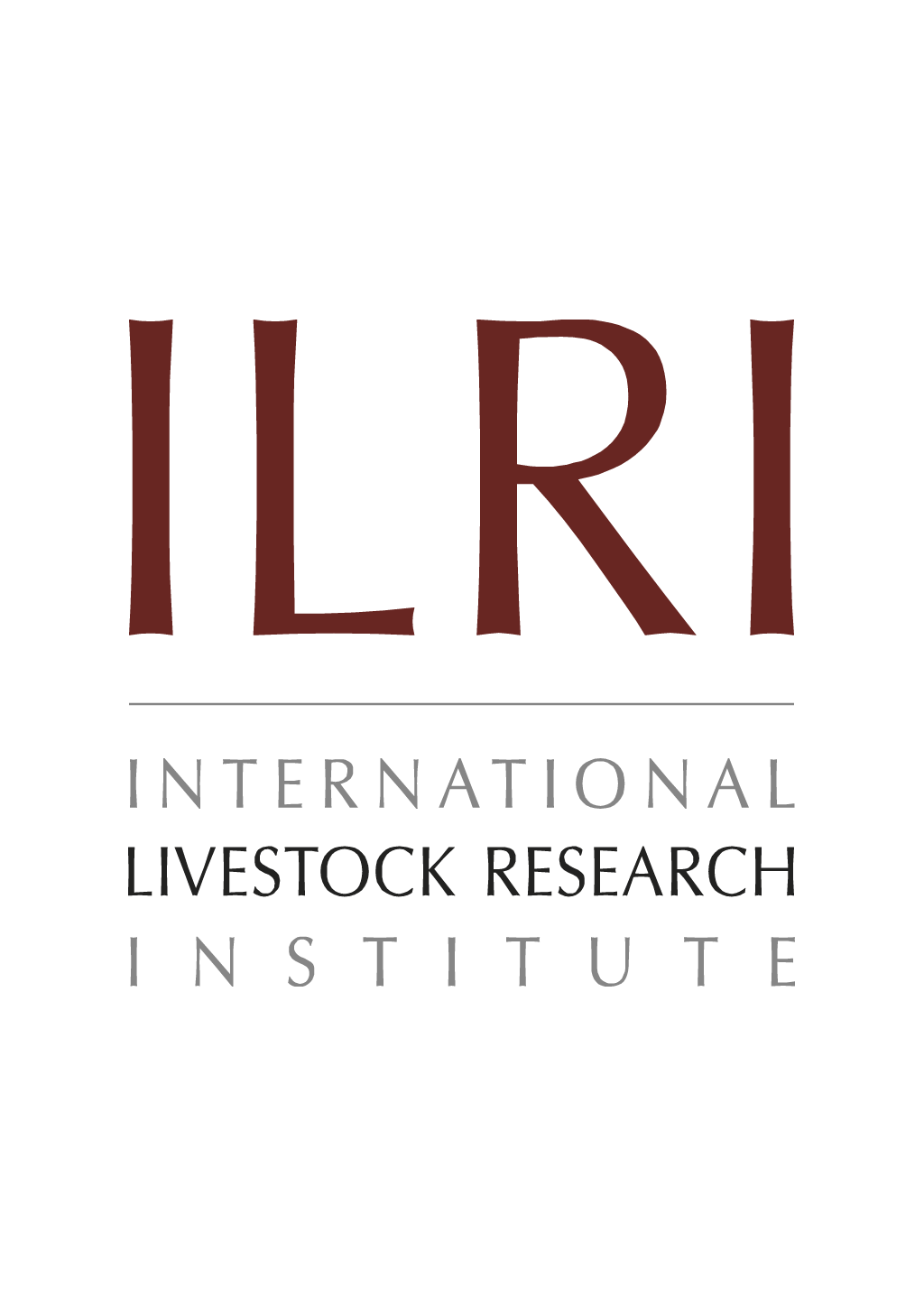
Comparative performance of two broiler hybrids (Cobb-500 and Ross) under small-scale production system in Debre Zeit, central Ethiopia
Abstract
Comparative performance of two broiler hybrids (Cobb-500 and Ross) under small-scale production system in Debre Zeit, central Ethiopia was evaluated. Questionnaire was also used to collect information on management and marketing of small-scale broiler production. A total of 500 "as hatched" day-old chicks (250 from each hybrid) were purchased and reared until slaughter. Average feed (F1) and water intake (W1), health status and mortality of the birds were recorded on daily basis and average live weight (LWT) on weekly basis. Beginning from week eight every two to three other days., "full fed" birds that attained live weight of 2.4 kg or more were slaughtered to determine dresses carcass weight and dressing percentage. The Cobb-500 had significantly higher mean values (P<0.001) than the Ross for F1, W1, LWT, slaughter and carcass weights. A significantly higher proportion of Cobb-500 (65.7%) reached market age than Ross chickens (37.65) during the 8.9 weeks of age. A relatively higher marginal revenue and lower marginal cost was obtained for Cobb-500 than for the Ross chickens. It was concluded that the Cobb-500 had better overall performance than the Ross under the present small-scale production system in Debre Zeit
Citation
AU Bulletin of Animal Health and Production in Africa;51(2): 83-93




